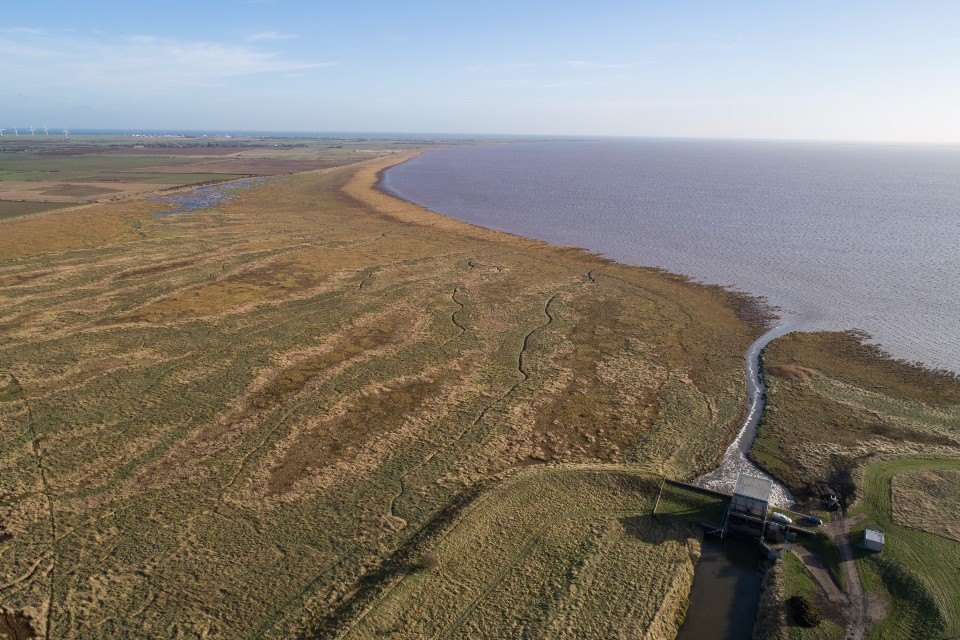Excellent environmental science has never been more important. As an independent, not-for-profit research institute, we work with an array of funders who share our ambition to understand the environment and the human impact on it, so that together, people and nature can prosper. Explore some examples of our work:
Regenerating the UK’s sand dunes
Sand dunes are among the most at-risk habitats in the UK, with only 20,000 hectares remaining across England and Wales. UKCEH have develop a citizen science app, Dynamic Dunescapes, with funding from the National Lottery Heritage Fund and the EU LIFE programme. The app is being used to support the restoration of sand dunes in England and Wales for the benefit of people, communities and wildlife.
Saving the cloud forest in St Helena

The ancient cloud forest on the island of St Helena is home to species that don’t exist anywhere else in the world. We are working with the St Helena Government and other partners to restore and safeguard this important wildlife hotspot, while supporting sustainable water use and the sustainable development of the island through eco-tourism. The programme is funded by the Foreign Commonwealth and Development Office and Darwin initiative, and managed by the RSPB
Developing a saltmarsh carbon code

Saltmarshes can play an effective role in tackling climate change, as well as supporting wildlife and reducing flood risk. With funding from the World Wildlife Fund, our scientists are measuring the full carbon balance of a saltmarsh habitat for the first time, supporting future private investment in restoring saltmarshes and contributing to the achievement of national net zero goals.
Using artificial intelligence to monitor wildlife

We have teamed up with Earth Trust to use artificial intelligence to monitor wildlife at an Oxfordshire wetlands site. We have installed an autonomous biodiversity monitoring station, which is recording the calls of birds and bats, and photographing small mammals and moths. Our scientists are then using AI software to identify species. The data will enable Earth Trust to collect scientific data demonstrating the value of the site.
